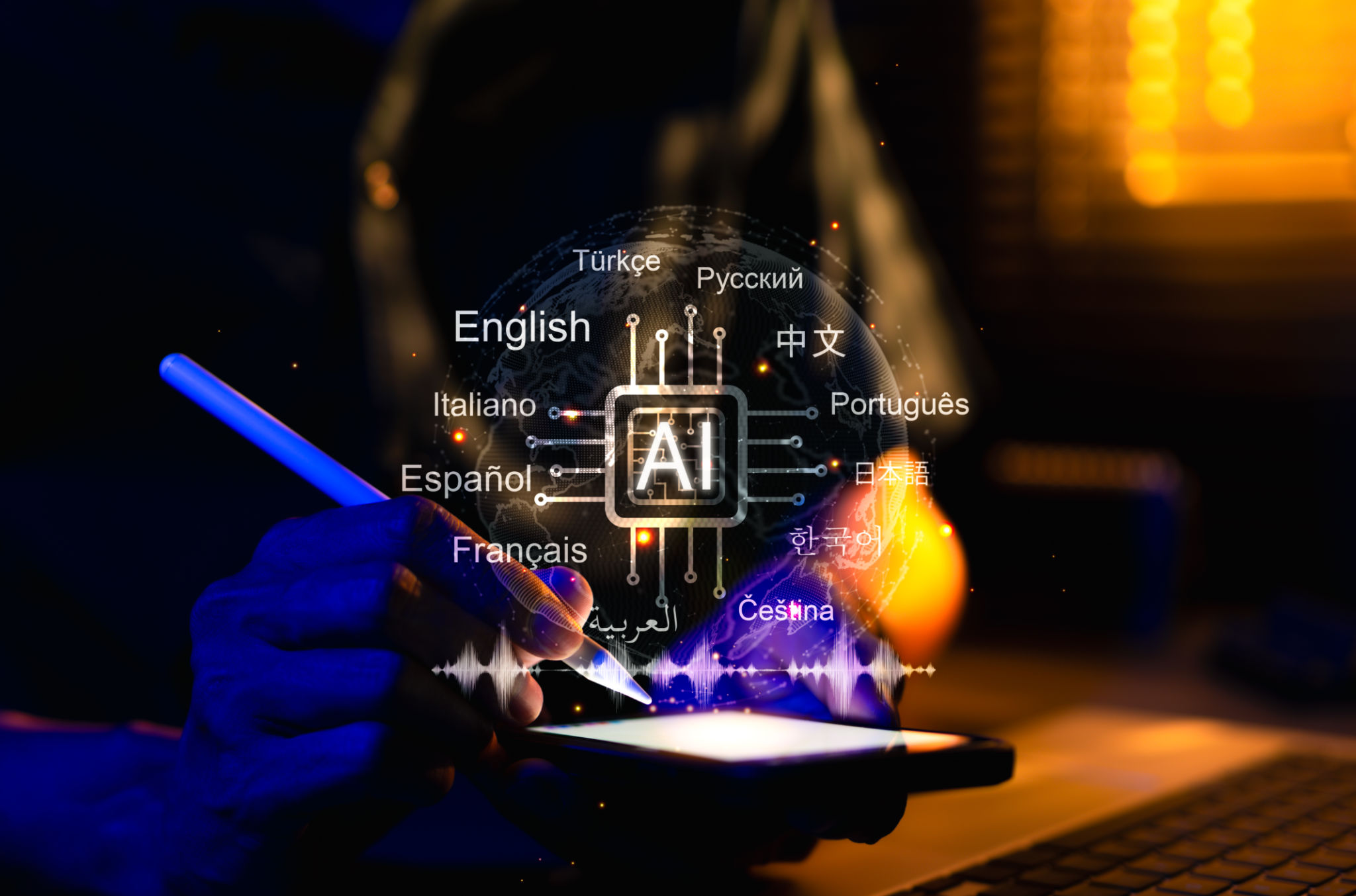The Role of AI in Video Translation: Expanding Your Global Audience
Introduction to AI in Video Translation
In today's interconnected world, businesses and content creators face the challenge of reaching a diverse global audience. One innovative solution is the use of Artificial Intelligence (AI) in video translation. By leveraging AI technologies, videos can be translated efficiently and accurately, breaking language barriers and expanding audience reach.

Understanding AI-Powered Video Translation
AI-powered video translation involves using machine learning algorithms and natural language processing to translate spoken or written content from one language to another within a video. This technology enables real-time translation, making content more accessible to viewers who speak different languages.
The process typically involves automatic transcription, which converts speech into text, followed by machine translation to convert the text into the desired language. Finally, the translated text is re-synced with the video, ensuring seamless audio-visual integration.
Benefits of AI in Video Translation
There are several advantages to using AI for video translation:
- Cost-Effectiveness: AI reduces the costs associated with hiring human translators and voiceover artists.
- Speed: Automated translation processes are significantly faster than traditional methods, allowing for quicker content distribution.
- Scalability: AI allows for the simultaneous translation of multiple videos, making it easier to manage large volumes of content.

Improving Accuracy and Quality
While AI has made significant strides in translation accuracy, it is not without challenges. To improve quality, many systems incorporate human oversight to review and refine translations. This hybrid approach ensures that cultural nuances and context are accurately captured in the final output.
Moreover, continuous advancements in AI technology, including deep learning and neural networks, are enhancing the ability of machines to understand and translate complex languages more effectively.

Applications Across Industries
AI-driven video translation is transforming various industries. In education, it makes online courses accessible to international students. In entertainment, it allows films and shows to reach broader audiences. For businesses, it facilitates global marketing campaigns by localizing content for different regions.
These applications demonstrate how AI is not just a tool for language translation but a gateway to global engagement and interaction.
Challenges and Considerations
Despite its advantages, there are challenges associated with AI in video translation. Issues such as maintaining the authenticity of original content, handling regional dialects, and ensuring data privacy need careful consideration. Addressing these challenges requires ongoing innovation and ethical practices in AI development.
The Future of AI in Video Translation
The future of AI in video translation looks promising, with potential developments in real-time language processing and enhanced contextual understanding. As these technologies evolve, they will further break down language barriers, enabling a truly global exchange of information and culture.
By embracing AI for video translation, businesses and creators can unlock new opportunities for growth and connection worldwide, positioning themselves at the forefront of digital communication.